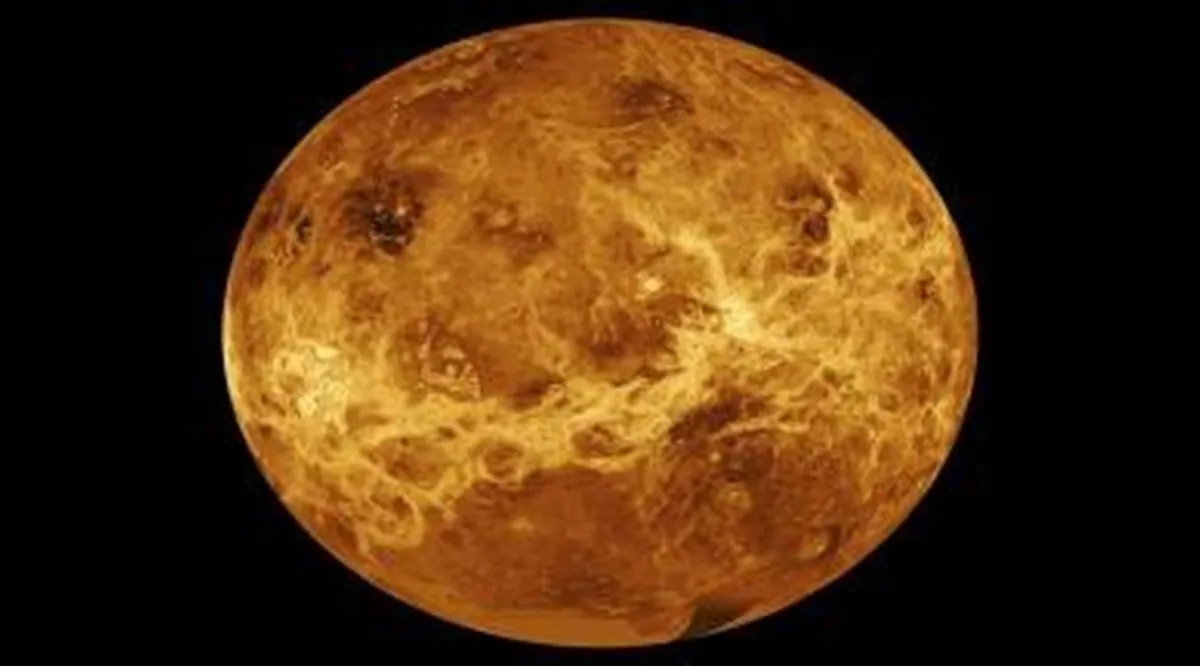By Girish Linganna
In a bid to explore the brightest planet in the solar system, the Indian Space Research Organisation (ISRO) has announced project Venus, scheduled for launch by December 2024.
After the success of the famed Mangalyaan, ISRO is now on a quick mission to Venus- to gather new and unique additional knowledge of the atmosphere of Venus which is both toxic and corrosive. The launch is scheduled within the next two years and will be followed by Orbital Manoeuvres the year after. The scheduled launch has been planned by ISRO based on the fact that during that period, earth and Venus will be in such close proximity and the spacecraft can be placed in the orbit of Venus with least Propellant. The next similar window will be available only in 2031.
ISRO is cautious in its approach to ensure that observations and experiments are not a repeat of the previous missions. Although, repeating some experiments is not a crime, the focus is on extracting new data so as to create a global impact.
The Venus mission is set to focus on investigation of the surface processes, shallow subsurface stratigraphy, along with active volcanic hotspots and lava flows, the structure, composition, and dynamics of the atmosphere and the solar wind interaction with the ionosphere of Venus.
S Somnath, Chairman, ISRO revealed India’s technological capability, when he said that building and putting a mission on Venus is possible in a very short time span.
Named after the Roman god of love and beauty, the name Venus is most befitting the planet. Since time immemorial, it has occupied a prized position in human mythology, culture and religion. Although Venus is not the largest planet of the solar system, its proximity to Earth makes it the brightest of the planets in the sky. It also qualifies as the second-brightest object in the night sky, after only the moon.
Although Venus is the most scintillating object for sky gazers on Earth for centuries, we have now discovered that it is certainly not the most welcoming of planets for Earth’s missions. Besides very high temperatures, poisonous gases and high wind velocity, Venus is covered by dense clouds that make it impossible to view the planet’s surface. In view of which, ISRO aims to explore a key instrument on the spacecraft – a high-resolution synthetic aperture radar to examine the Venusian surface. The instrument, ISRO stated, will examine the planet’s atmosphere in infrared, ultraviolet, and sub millimetre wavelengths.
Venus is the closest to a twin of Earth. The two bodies are nearly of equal size, and Venus’ composition is largely the same as Earth’s. The orbit of Venus is also the closest to Earth than any other planet in the solar system. Both worlds have relatively young surfaces, and both have thick atmospheres with clouds. However, it’s worth noting that Venus’ clouds are mostly made of poisonous sulfuric acid. In spite of that, in 2020, astronomers detected a chemical called Phosphine in clouds, which on Earth is usually produced by microbes. The widely publicized study seemed to suggest that the hot and hellish planet might host life in the end. Other scientists have since then disputed this theory and offered other explanations.
Part of its atmosphere is made of carbon dioxide, an extreme greenhouse effect ,warming the surface of Venus. Temperatures there can reach a scorching 870 degrees Fahrenheit (470 degrees Celsius). It is said that the surface is hot enough to melt lead due to its runaway greenhouse atmosphere.
The air pressure on the surface of Venus is extreme — about 90 times higher than the pressure at sea level on Earth. In other words, the pressure on Venus is about the same as the water pressure on Earth about half a mile (1 km) under the ocean.
Several features of Venus make it stand out amongst the other planets of the Solar System. The same features also make a mission to Venus quite challenging.
(The author is Aerospace and Defence Analyst & Director, ADD Engineering Components (India) Pvt Ltd. Views expressed are personal and do not reflect the official position or policy of Financial Express Online. Reproducing this content without permission is prohibited).

























